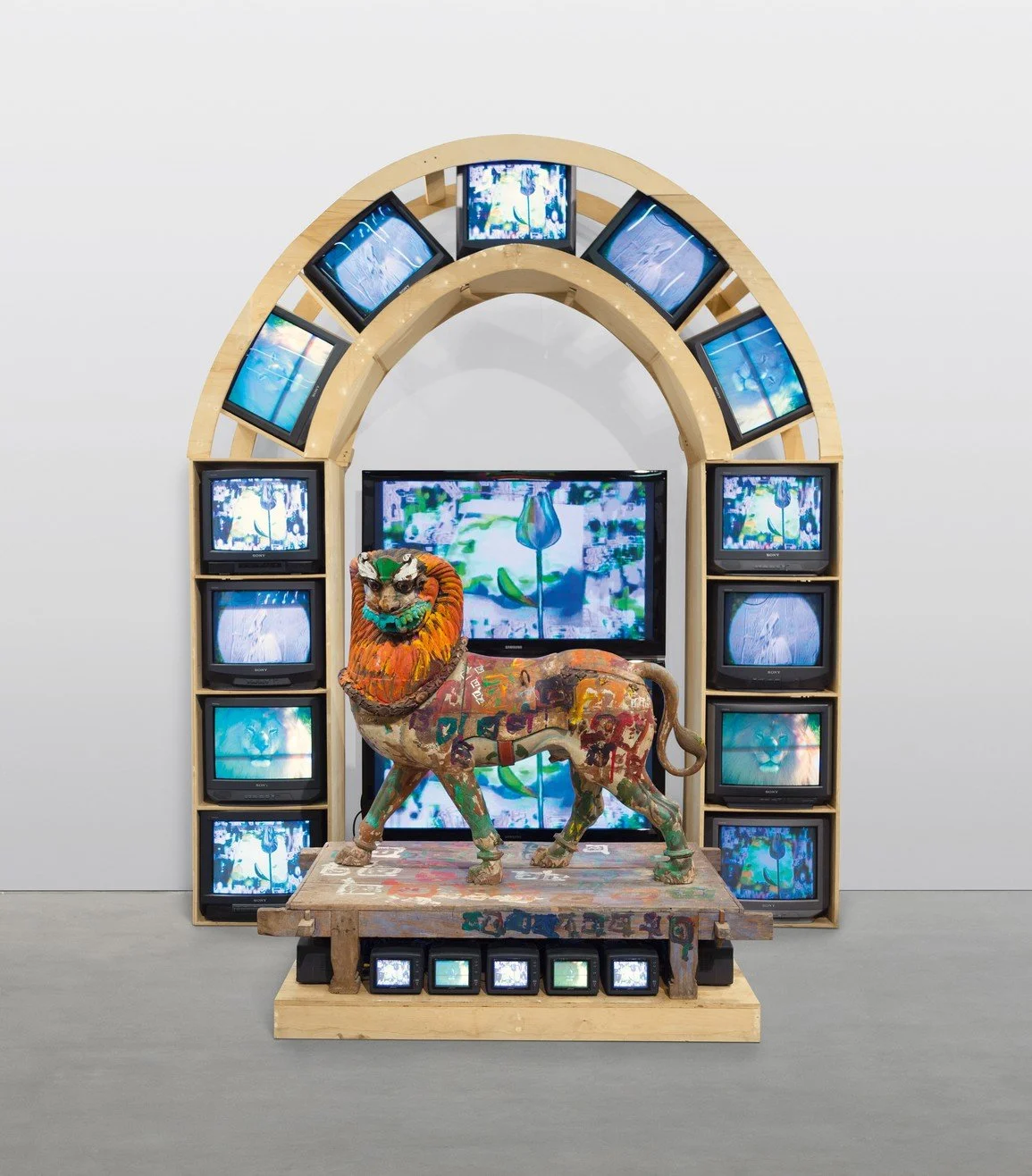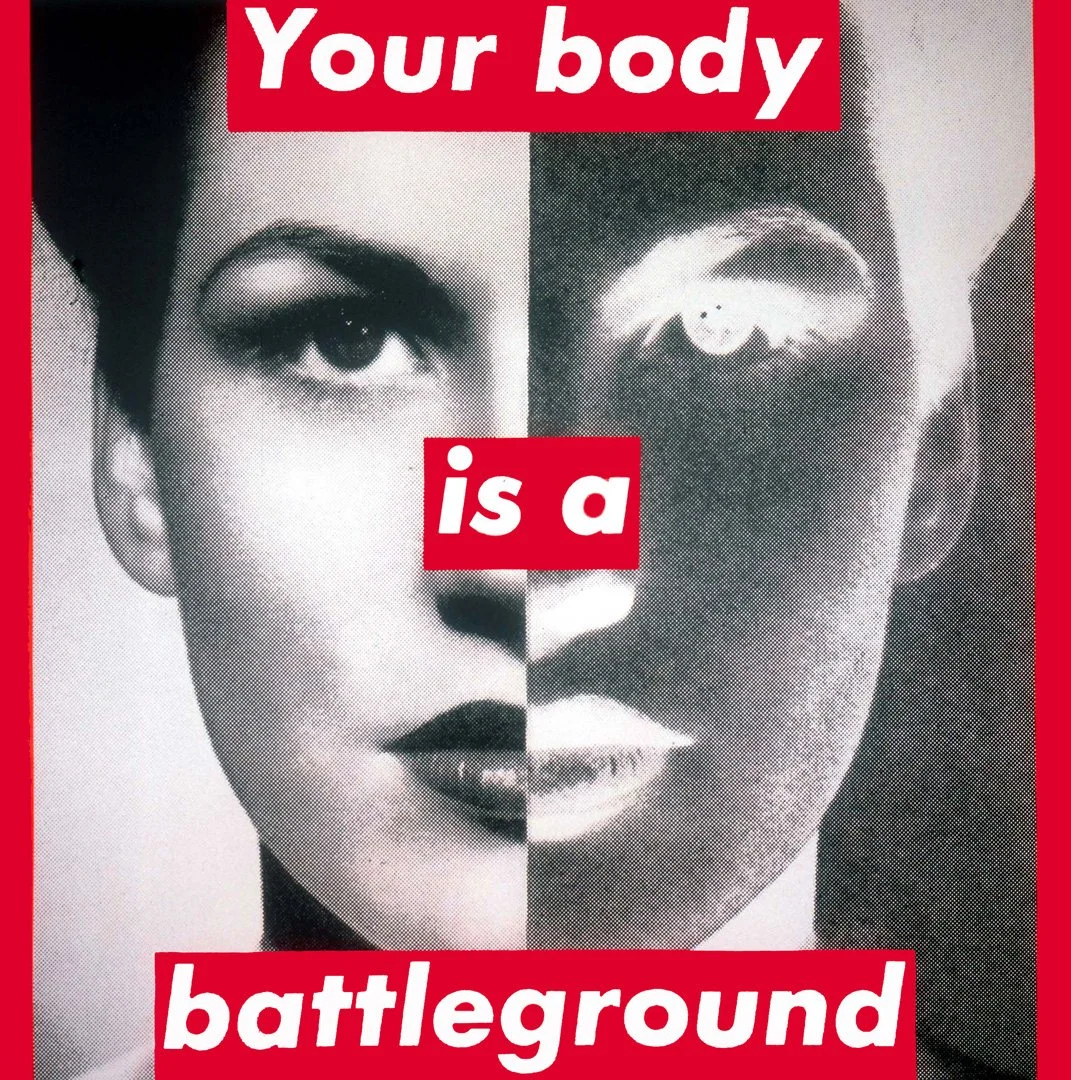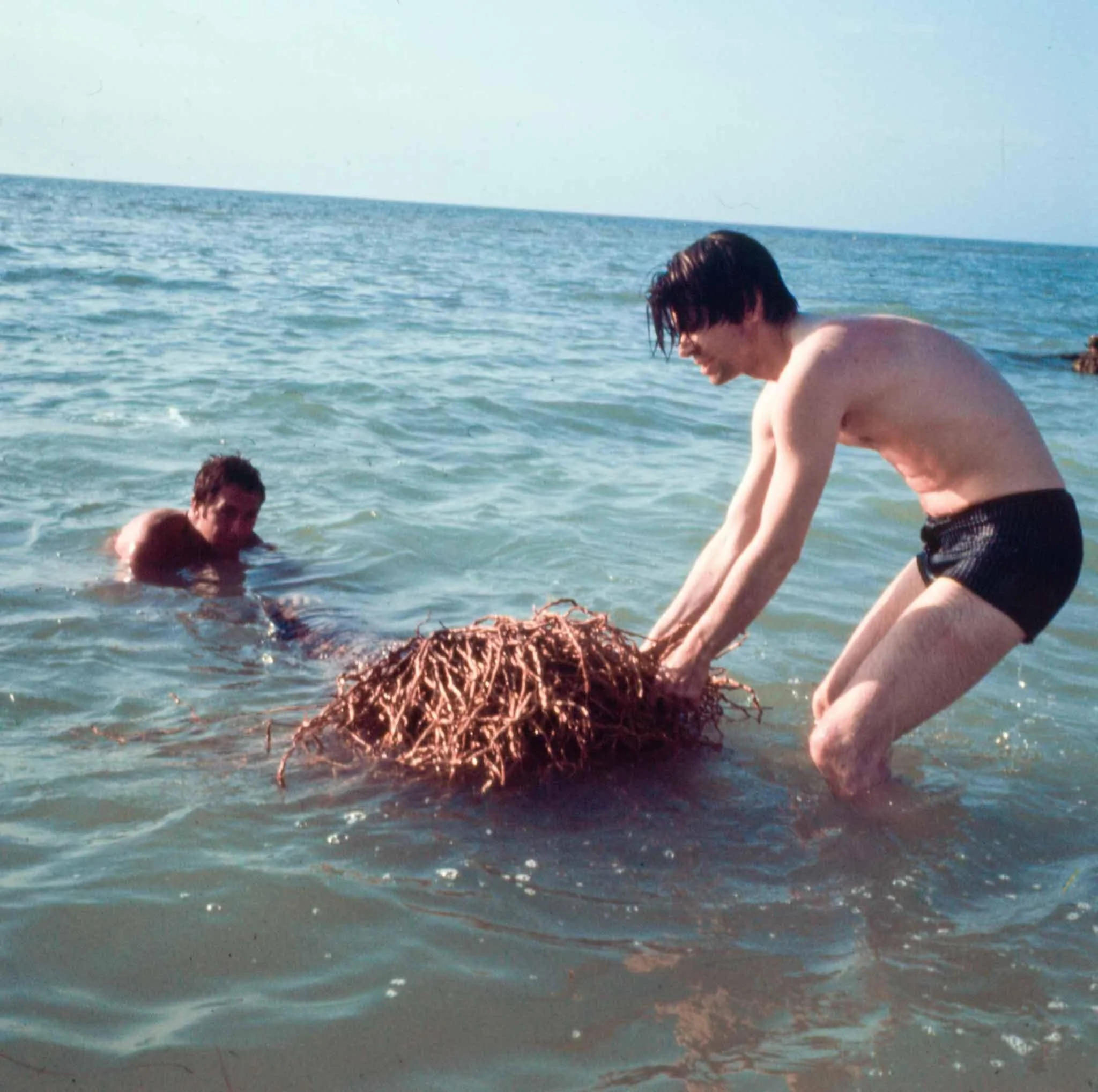Nam June Paik
New York, 555 West 24th Street
Melding an early training in classical music and subsequent interest in musical composition with radical, collaborative approaches to aesthetics and performance, Paik produced multimedia works that introduced the technology of television into the realm of fine art. Born in Seoul, he moved to West Germany in 1956, where he became an influential member of the Fluxus group. Eight years later, he relocated to New York, further establishing himself as a figure in the countercultural and avant-garde movements of the 1960s. Paik’s extensive social network and international background laid the foundation for a global conception of art that straddled painting, sculpture, performance, music, and electronic imagery. An increasingly prescient and significant figure in today’s world of mass media and artificial intelligence, he cultivated moments of overlap, exchange, and symbiosis between the human body and its technological counterparts.
“There is no way to know in advance, because life has no “fast-forward” or “rewind” buttons. So, you go step by step, and if you make a mistake you try to correct it with another mistake.”
At Gagosian’s 555 West 24th Street gallery, the first part of the exhibition surveys Paik’s practice as it developed over four decades. On view is a diverse selection of work ranging from early forays into multimedia to late paintings and video sculptures. The Opus Paintings (1975)—a suite of small oil-on-canvas works scattered across the gallery wall—render the familiar, rotund form of the classic television set in fluid brushstrokes and weightless aerial suspension. Titled as a tribute to the location of his Manhattan studio, 359 Canal Street (1991) evokes the image of the artist’s workspace through an old-fashioned desk filled with newspaper clippings and letters from Paik’s associates, while cathode ray tubes affixed to the wall above conjure the generative power of a technologically interconnected world. The second part of Art in Process, at Gagosian’s Park & 75 gallery, will feature Paik’s trio of satellite broadcasts from the 1980s as well as a number of his intimate and elegiac “late style” televisions.
Installation view with Nam June Paik, Lion (2005) Artwork © Nam June Paik Estate. Photo: Rob McKeever
Paik also looked back to historical moments, citing the Silk Road as a prototype for international exchange. Following this impulse, he often incorporated antique objects into his sculptures, juxtaposing Korean ceramics, Chinese scrolls, and statues of Buddha with modern television sets and cameras. For Lion (2005), Paik acquired an Indian-made wooden sculpture of the titular animal, painted it with vibrant colors and symbols, and framed it against a majestic arch of television screens, each showing looped psychedelic footage of nature documentaries and abstract kaleidoscopic patterns. Also on view are Beuys Projection (1990) and Berlin Wall (2005). The former is a video installation documenting a 1986 concert in Tokyo that Paik performed with Joseph Beuys, his close friend and fellow Fluxus artist, while the latter comprises two separate sections of the notorious blockade, both painted with Paik’s trademark television-shaped pictographs and humanoid motifs. The brightly colored sculpture transforms the wall into a welcoming portal—the “electronic superhighway” that he first imagined in 1974—embodying its maker’s dream of open borders and unfettered communication.







